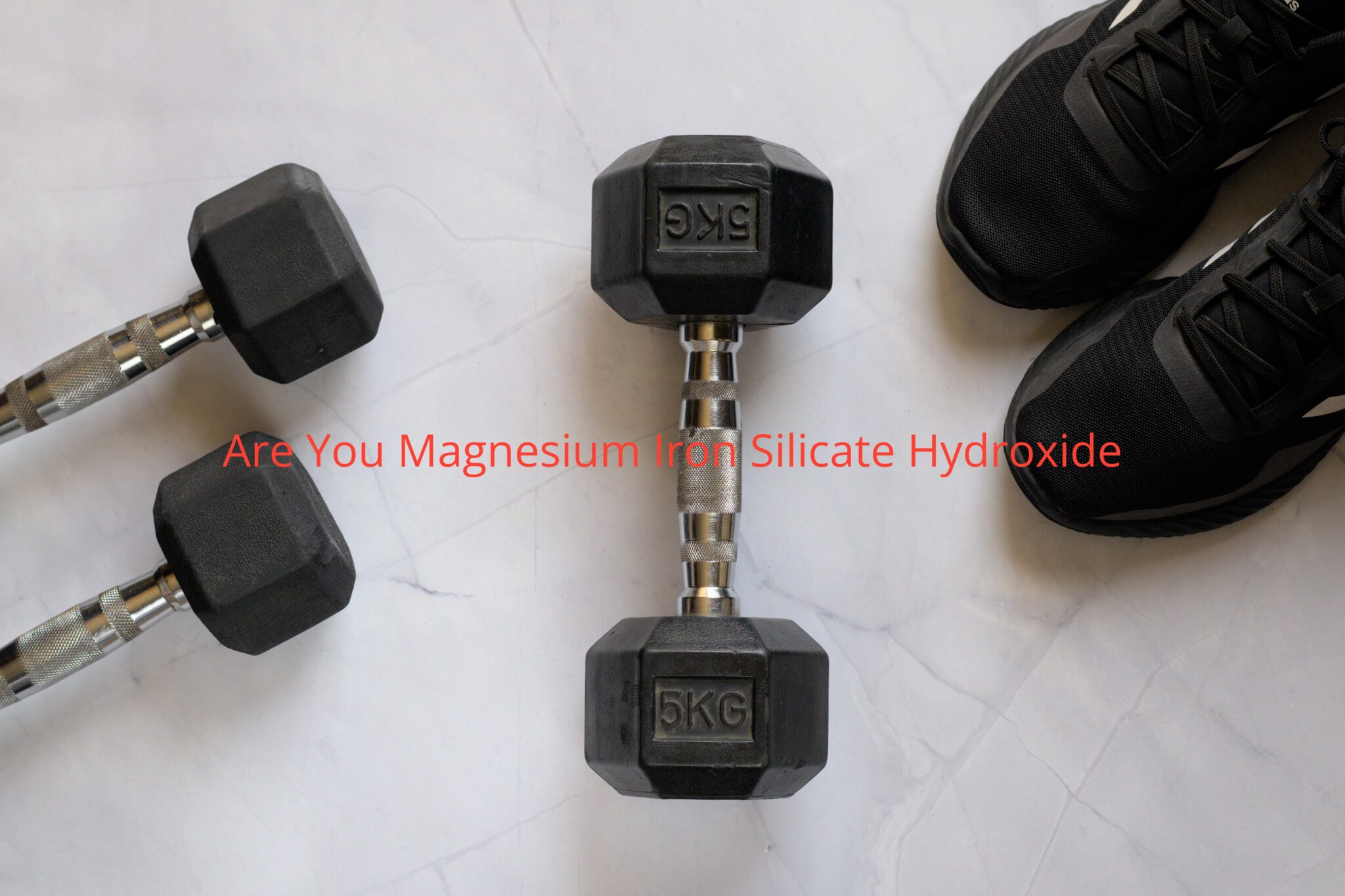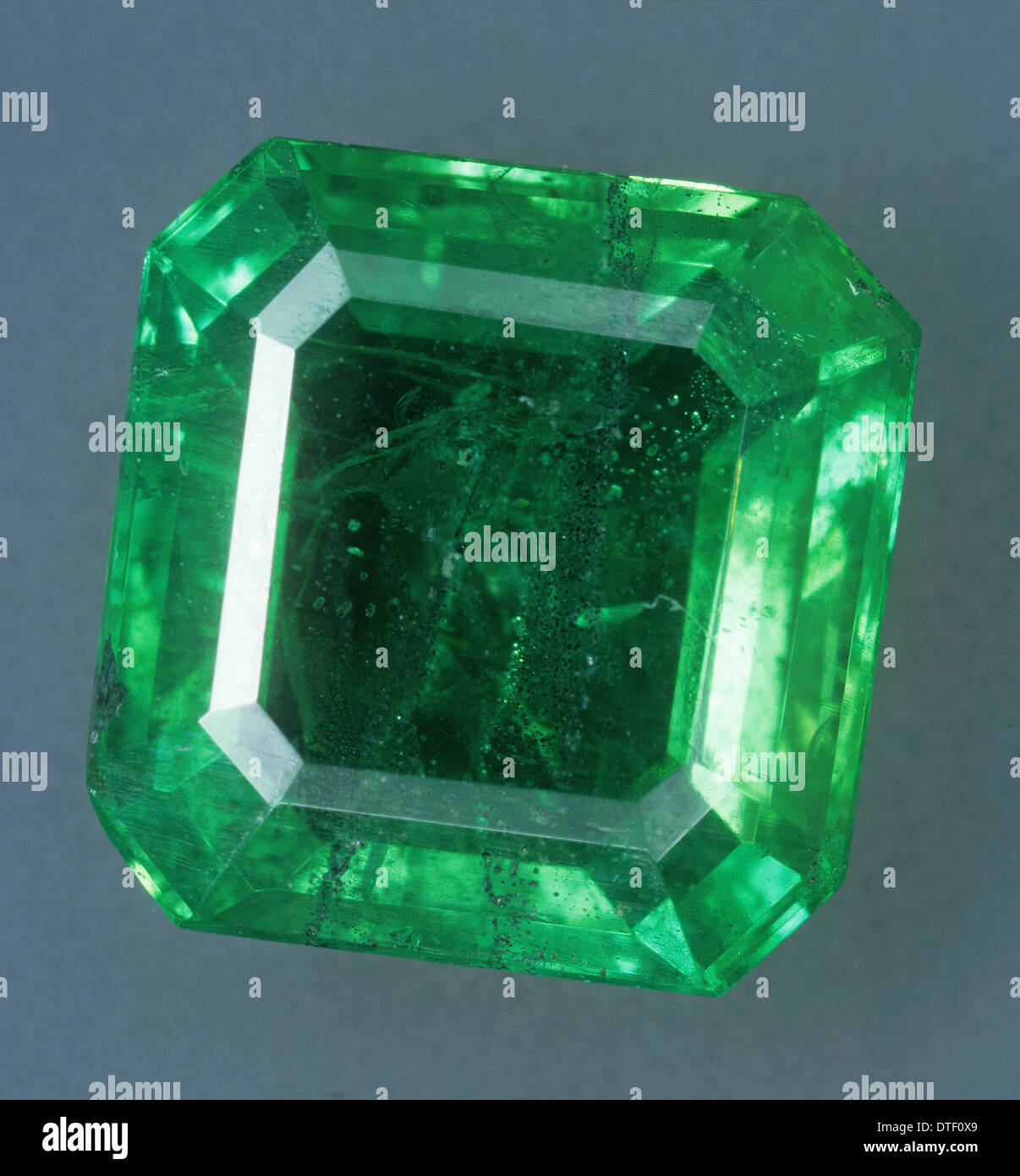Magnesium Iron Silicate Hydroxide: A Deep Dive Into Its Mysteries
Have you ever wondered what the heck magnesium iron silicate hydroxide is? Well, buckle up, because we’re about to take a wild ride through the fascinating world of this unique compound. If you’re into chemistry or just curious about the materials that shape our planet, this article is for you. We’ll break it down in a way that even your non-science friends can understand, so don’t worry if you skipped that chemistry class in high school!
Think of magnesium iron silicate hydroxide as nature’s hidden gem. It’s one of those compounds that doesn’t get enough attention, but trust me, it plays a big role in the Earth’s crust. You might not realize it, but it’s everywhere around us, quietly doing its job without asking for applause. So, let’s dig deeper and uncover what makes this compound so special.
By the end of this article, you’ll not only know what magnesium iron silicate hydroxide is but also why it matters. Whether you’re a scientist, a curious mind, or just someone who loves learning new things, we’ve got you covered. Let’s get started!
- Biscuit Hosting The Sweet Solution For Your Website Needs
- Ynw Melly In Jail The Untold Story Behind The Headlines
Here’s a quick overview of what we’ll be covering:
- What Is Magnesium Iron Silicate Hydroxide?
- Chemical Properties
- Natural Occurrence
- Uses and Applications
- Environmental Impact
- Health Effects
- Mining Process
- Sustainability
- Future Potential
- Conclusion
What Is Magnesium Iron Silicate Hydroxide?
Let’s start with the basics. Magnesium iron silicate hydroxide, or as some scientists like to call it, “the unsung hero of geology,” is a compound that’s basically made up of magnesium, iron, silicon, oxygen, and hydrogen. Yeah, it’s a mouthful, but stick with me here. This compound is commonly found in rocks and minerals, particularly in serpentinite, which is like the rock version of a superhero.
In simple terms, magnesium iron silicate hydroxide is what happens when nature gets creative with its chemistry set. It’s formed through a process called serpentinization, where rocks react with water to form new minerals. Cool, right? This process isn’t just random—it’s essential for maintaining the balance of our planet’s ecosystem.
- Song About Helping Others A Melodic Journey Of Kindness And Compassion
- 1895 Rising Glen Road The Hidden Gem Youve Been Waiting For
Breaking Down the Name
Now, let’s break down that long name into bite-sized pieces:
- Magnesium: A metal that’s super important for both plants and animals.
- Iron: Another metal that gives this compound its strength and stability.
- Silicate: The most common mineral group on Earth, basically the building blocks of rocks.
- Hydroxide: A compound containing hydrogen and oxygen, which gives it its unique properties.
So, when you put it all together, you’ve got a compound that’s as fascinating as it is functional.
Chemical Properties
Okay, let’s talk about the nitty-gritty details. Magnesium iron silicate hydroxide has some pretty cool chemical properties that make it stand out. For starters, it’s highly reactive with water, which is why it’s often found in environments where water is abundant. It’s also pretty resistant to high temperatures, making it useful in industrial applications.
Here are some key chemical properties:
- Formula: (Mg,Fe)₃Si₂O₅(OH)₄
- Molecular Weight: Around 378 g/mol
- Crystal Structure: Monoclinic
These properties might sound like a bunch of science jargon, but they’re what make this compound so versatile and useful in various fields.
Why Are These Properties Important?
The chemical properties of magnesium iron silicate hydroxide determine how it behaves in different environments. For example, its reactivity with water makes it ideal for certain geological processes, while its resistance to heat makes it useful in manufacturing. Understanding these properties is key to unlocking its full potential.
Natural Occurrence
Magnesium iron silicate hydroxide isn’t just something scientists made up in a lab—it’s found naturally in the Earth’s crust. It’s most commonly associated with serpentinite rocks, which are formed through the process of serpentinization. This process occurs when ultramafic rocks, like peridotite, come into contact with water and undergo chemical reactions.
Some of the most famous locations where you can find magnesium iron silicate hydroxide include:
- The Coast Ranges of California
- The Alps in Europe
- New Caledonia in the Pacific
These regions are like treasure troves for geologists and mineral enthusiasts. If you ever get the chance to visit, you’ll be standing on some of the most fascinating rocks on the planet.
How Does It Form?
The formation of magnesium iron silicate hydroxide is a fascinating process. It starts with ultramafic rocks, which are rich in magnesium and iron. When these rocks come into contact with water, they undergo a series of chemical reactions that transform them into serpentinite. This process not only creates magnesium iron silicate hydroxide but also releases heat, which can contribute to geothermal energy.
Uses and Applications
Now that we’ve covered the basics, let’s talk about how magnesium iron silicate hydroxide is used in the real world. You might be surprised to learn just how versatile this compound is. From construction to environmental remediation, it plays a crucial role in many industries.
Construction and Building Materials
Magnesium iron silicate hydroxide is often used in the production of cement and concrete. Its unique properties make it an excellent additive for improving the durability and strength of these materials. In fact, some studies suggest that using this compound can reduce the carbon footprint of construction projects by making materials more efficient.
Environmental Remediation
Another exciting application of magnesium iron silicate hydroxide is in environmental remediation. Because it’s highly reactive with water, it can be used to neutralize acidic environments, such as mine drainage sites. This helps restore balance to ecosystems that have been disrupted by human activities.
Environmental Impact
While magnesium iron silicate hydroxide has many benefits, it’s important to consider its environmental impact. The mining and processing of this compound can have significant effects on local ecosystems. That’s why sustainable practices are crucial for minimizing harm and ensuring that future generations can continue to benefit from this valuable resource.
Some of the key environmental concerns include:
- Habitat destruction
- Water pollution
- Soil erosion
However, with proper management and regulation, these impacts can be mitigated. It’s all about finding the right balance between development and conservation.
What Can Be Done?
One solution is to implement stricter regulations on mining operations. This includes requiring companies to conduct thorough environmental assessments before beginning any new projects. Additionally, investing in research and development of more sustainable mining techniques can help reduce the overall impact.
Health Effects
When it comes to health, magnesium iron silicate hydroxide is generally considered safe. However, like any compound, it can pose risks if not handled properly. Inhalation of dust particles from this material can cause respiratory issues, so it’s important to take precautions when working with it.
Here are some tips for staying safe:
- Wear protective gear, such as masks and gloves, when handling the material.
- Ensure proper ventilation in workspaces.
- Dispose of waste materials responsibly.
By following these guidelines, you can minimize the risk of exposure and protect both yourself and the environment.
Mining Process
The mining of magnesium iron silicate hydroxide is a complex process that requires careful planning and execution. It typically involves several stages, including exploration, extraction, and processing. Each stage presents its own set of challenges and opportunities.
Exploration
Before any mining can begin, geologists must first locate deposits of magnesium iron silicate hydroxide. This involves using advanced technologies, such as satellite imaging and ground-penetrating radar, to identify potential sites. Once a site is identified, further testing is conducted to confirm the presence and quality of the material.
Extraction
Once a deposit has been located, the next step is extraction. This can involve open-pit mining or underground mining, depending on the location and size of the deposit. Both methods have their pros and cons, so it’s important to choose the one that best fits the specific circumstances.
Sustainability
Sustainability is a hot topic in the mining industry, and for good reason. As we continue to extract resources from the Earth, it’s essential that we do so in a way that doesn’t compromise the ability of future generations to meet their own needs. This means adopting practices that minimize environmental impact and promote social responsibility.
Here are some ways the mining industry is working towards sustainability:
- Implementing renewable energy sources in mining operations.
- Developing closed-loop systems for waste management.
- Engaging with local communities to ensure their voices are heard.
These efforts not only benefit the environment but also improve the social and economic well-being of those affected by mining activities.
Future Potential
The future of magnesium iron silicate hydroxide looks bright. With advancements in technology and a growing focus on sustainability, there are countless opportunities for this compound to play an even bigger role in shaping our world. From new applications in construction to innovative solutions for environmental challenges, the possibilities are endless.
What’s Next?
One area of particular interest is the development of green technologies that utilize magnesium iron silicate hydroxide. For example, researchers are exploring ways to use this compound in carbon capture and storage systems, which could help reduce greenhouse gas emissions. As we continue to face the challenges of climate change, solutions like these will become increasingly important.
Conclusion
So, there you have it—a comprehensive look at magnesium iron silicate hydroxide. From its chemical properties to its real-world applications, this compound is truly remarkable. Whether you’re a scientist, an environmentalist, or just someone who loves learning new things, I hope this article has given you a deeper understanding of what makes magnesium iron silicate hydroxide so special.
Now, it’s your turn! Leave a comment below and let me know what you think. Did you learn something new? Do you have any questions or suggestions? Don’t forget to share this article with your friends and family so they can join the conversation too. Together, we can continue to explore the wonders of the natural world and make a positive impact on the planet. Cheers! 😊
- Joely The Rising Star Redefining The Entertainment World
- Tatum Oneal Partner A Deep Dive Into Her Relationships Life And More

Are You Magnesium Iron Silicate Hydroxide TheFitnessManual

Magnesium iron silicate hydroxide hires stock photography and images

Are You Magnesium Iron Silicate Hydroxide? Premium TShirt